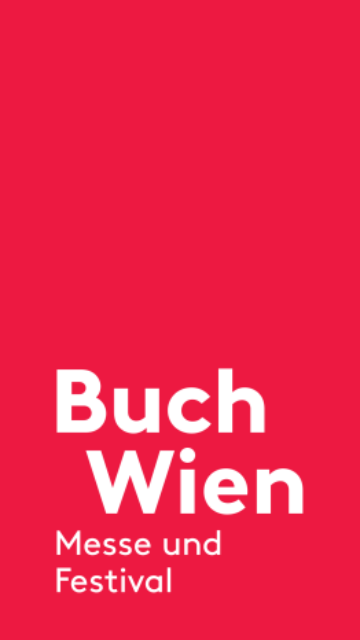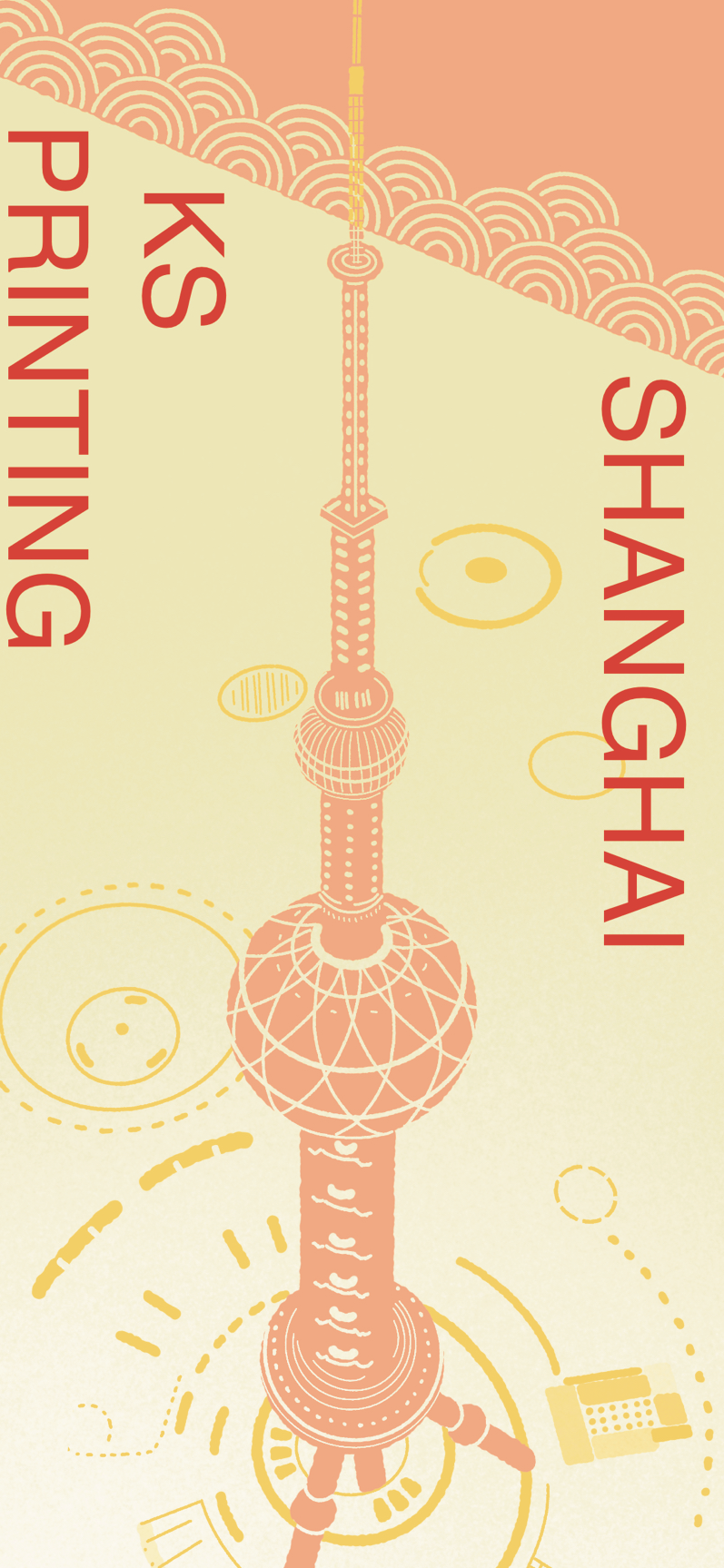A very interesting acronym for booklet printing
2021-02-27
A very interesting acronym for booklet printing
The book printing industry has a rich and exciting acronym, and as a Chinese book printing supplier, SHKSPRINTING is happy to share some of this industry information with you, so let me take a look at it!
|
Words |
Meaning |
|
bleeding |
A term specific to the print design and production and printing process, i.e., the part of the print that needs to be preserved for production but is cut off in the final product, is called the bleed. |
|
Finished Product Size |
The size of the final printed (or bound) page after cutting, also known as the net size |
|
Home |
If many pages in a publication have the same elements (such as headers and footers, etc.), it would be very troublesome to insert these elements into each page one by one. Use the home page to quickly display the details on the home page to all pages to which they are applied. |
|
Style |
Combine fonts, font sizes, line spacing, tabs, and indents to make it the fastest and easiest way to change the formatting of text |
|
Pre-check |
Quality checks your documents before printing them or submitting them to your customers. Preflight is the industry-standard term for this process. The preflight program warns of problems that may affect a document or book from being imaged correctly, such as missing files or fonts. It also provides helpful information about the form or text, such as the links used, the first page where fonts are displayed, and print settings. |
|
Resolution |
Resolution is a fundamental concept; image scanning input, editing, and color separation output are all related to the solution. The answer is a technical parameter that measures the expressiveness of image details. |
|
Black background |
There are many types of resolution, and their meanings vary. This book resolution mainly refers to the image resolution. |
|
Black Image |
Image resolution expresses the amount of information stored in an image. This resolution is measured in various ways, typically in pixels per inch (PPI, Pixels Per Inch). Since the pixels of a digital image are a series of "dots," PPI is also written as DPI (Dots Per Inch), and this writing is widely used. |
|
Four Color Black |
In typesetting software, setting the background color to black is called a black background. |
|
Full Lay |
The background is a black-colored figure. |
|
Film |
When setting the color, K=100, CMY also takes a value greater than 0; it is called four-color black. For example, C=30, M=50, Y=25, K=100 |
|
over back |
When setting the background color, the background color is spread over the whole page. |
|
Screen printing |
Also called film. A set of color offset printing plates includes at least four film sheets, representing C, M, Y, K four colors. |
|
Screen Dots |
Due to the excessive amount of ink used in printing, the sheets are prone to rubbing against each other when stacked. |
(Continued table)
|
Words |
Meaning |
|
Digital Proofing |
A new type of proofing technology based on digital publishing and printing system directly outputs color proofs by processing page graphic information according to publishing and printing production standards and specifications during the publishing and printing production process. |
|
Plate Piecing |
Piecing is the stitching of individual pages into a larger printing plate that meets the press's size and the urgent requirements before printing. |
|
electrodistribution |
Electric separation is electronic color separation. In the traditional sense, they are using an electronic color separation machine to divide the image into C, M, Y, K independent of the four colors, usually called electric separation. |
|
Pixel |
Pixels are the essential elements that make up a dot-matrix image and the smallest unit of the dot-matrix image composition. The more pixels there are, the more delicate and natural the image rendering will be, but the larger the image will also be |
|
Neutral Gray |
RGB equivalence will produce gray, and this gray is called neutral gray (not including black and white) |
|
Gray Balance |
Similar to the concept of neutral gray, theoretical CMY equivalents produce gray or black, but due to the ink's purity factor, CMY is mixed in different proportions to have gray, which is called gray balance. |
|
Keying |
Many people call key to go back, that is, to remove the background of the meaning. |
|
spot color |
Spot color is a premixed specific color ink (or called a special premixed ink). It is used to replace or supplement the printing color (CMYK) ink. Such as bright orange, green, fluorescent colors, metallic gold and silver ink, etc., or can be hot stamping version, intaglio version, etc., but also as a partial varnish version, etc. It does not rely on CMYK four-color mix out; each spot color in the payment of printing requires a special plate (can be understood as a spot color film, printing for the spot color separate plate), spot color means the exact color. |
|
Trapping |
Also known as fill-in white, professional printing technology is used to make up for the defects caused by inaccurate overprinting between color plates. |
|
Crop line |
printed on the periphery of the paper to indicate the cut area of the line |
|
Overprinting |
When printing in more than two colors, each color plate graphic can achieve and maintain the overlay's exact position. |
|
inaccurate overprinting |
In the process of overlay printing, the error of overlapping prints |
|
Paste plate |
The overflow of ink on the printing plate graphics part, resulting in unclear printing on the substrate, is a fault of offset printing. |
|
P (page) |
Refers to the number of printed pages, not related to size |
|
Monochrome |
Refers to one of the four CMYK printing colors |
|
UV |
Ultraviolet curing ink is in the ultraviolet (Ultraviolet) light waves under the irradiation of cross-linking reaction. It can be instantly changed from liquid to solid ink, also known as "UV" ink. |
|
PS plate |
"PS plate" is the English "Presensitized Plate" abbreviation, the Chinese meaning is a pre-painted photographic plate, PS plate is divided into "light polymerization," and The PS plate is divided into two types: "photopolymer" and "photolysis." Light polymerization type with the original scale of the negative image, the graphic part of the diazo-sensitive film to see the light hardened, and stay on the plate, the non-graphic portion of the diazo-sensitive film can not see the light, not set, by the developer dissolved removed. The photolysis type uses the original positive plate, and the diazo compound in the non-illustrated part is decomposed by the light and dissolved by the developer. The diazo combination that remains on the scale is still not seen by the light. |
Chinese booklet printing post-process part of the common terminology explained
|
Words |
Meaning |
|
Lamination |
Transparent (semi-transparent) plastic film is applied to the printed material's surface by heat pressing to protect and increase the luster. Generally, there are light (bright) films and matte films. |
|
Varnishing |
Also known as oiling or varnish, the printed material's surface is coated (or sprayed, printed) with a layer of colorless transparent paint, which protects and increases the printed material's luster after drying, and this process is called varnishing. General book covers, illustrations, calendars, trademarks, and other printed materials to be excused on the surface |
|
foil stamping |
Metal foil or pigment foil, through hot pressing, is transferred to the surface of printed materials or other processing items, called foil stamping, commonly known as hot gold; its purpose is to enhance the decorative effect. |
|
Intaglio |
To make the printed matter partially convex or concave, usually called bumping and concave pressing, both have to create open and convex molds. |
|
sawing |
In the vertical direction with the back of the book with a saw blade on the end of the book sawed into a certain depth, width, and interval grooves, to facilitate the adhesives on the pages of the book adhesion |
|
Folded seams |
Folding line of printed pages in the folding process |
|
Milling back |
Milling or sawing the back of the book center with a milling knife or milling into grooves to facilitate the glue penetration process |
|
Knife flower |
Uneven knife marks in the cut |
|
post line |
The book back paper is wider than the thickness of the book core after hand dividing the book. or after wrapping the book, the cover is raised in a fluted line at the connection of the back and front or back cover |
|
white page |
Due to printing accidents, one or both sides of the pages are not printed on the imprint. |
|
Folding page |
The workflow of folding the printed sheet into the booklet opening size book post by the page number order |
|
Matching page |
The work process of assembling book posters or multiple loose printed pages into a book in the order of page numbers |
|
Leakage |
The front edge of the front cover of a paperback book is wider than the front edge of the book center by about 20-30mm, and then the body is folded inward along the front cut edge of the book center, a form of binding. |
|
indentation |
A mark is pressed using a steel wire, or an arching groove is left on the paper sheet by embossing. |
|
ring lining |
The lining paper that connects the core to the cover |
|
woolen |
A book center with three sides uncut |
|
glossy |
A three-sided glossy core |
|
flat lock |
The matched book post by post with thread string stapled into the book center, and the yarn is arranged in rows between the book post in the way of the locking thread |
|
cross-lock |
The matched book post is stapled into the book center by post with thread strings, and the yarns are staggered between each book post in the locking thread method. |
|
corner wraps |
In the book cover shell on the two corners of the front opening wrapped in a layer of leather or woven fabric |
|
Book Slot |
Also known as book groove or groove, it refers to the hardcover book set, the front and back cover, and spine connection part of the track pressed in |
|
Stitch spacing |
Lock wire stapling (or sewing pinning), the same book post (or the same staple) on the distance between the two adjacent needle positions. |
|
Number of stitches |
Lock wire stapling (or sewing stapling), the number of stitches in the booklet staples. |
|
False spine |
A kind of hardcover. The heart of the book does not have a spine, but through the special decorative processing of the book shell, the appearance of the entire book like the spine of the hardcover book. |
|
Wrapped edge |
The four edges of the book shell's surface material are folded back along the edge of the book shell cardboard and wrapped and glued to the part of the cardboard. |
|
Stamping opening |
The process of rolling and coloring the cutouts of books, books, and cards with gold material and special tools |
Common terms used in booklet printing post-processing
|
Words |
Meaning |
|
book post |
Fold the printed sheets into a stack of multiple pages in the order of their numbers. |
|
stapled mouth |
The position of the stapled part of the booklet |
|
front mouth |
It is also referred to as the opening, which is the reading edge opposite the folded edge of the staple. |
|
head of the sky |
The margin from the top line of the booklet text to the leading edge of the page |
|
the foot of the ground |
The bottom line of the body of the booklet to the bottom edge of the booklet |
|
back of the book |
Also known as the back, it refers to the book post with the book to be glued (or stapled) after the flush part. Hardcover book backs have round and square backs. |
|
title page |
Lined with the book's title, the publisher's name, the author's name printed below the single page. Some readers will be lined with the title page printed together in the binding (i.e., the tube page) called the title lining page. |
|
opening |
The opening is the width of the booklet bound into a book. |
|
wrapper |
also known as the cover, outer cover, leather, book cover, etc. (hardcover called book shell), the body is wrapped in the outside of the book core, the role of protecting the body and decorating the book |
|
tear |
book core cut after the cut of the pages appear broken |
|
glued |
Book post sticky joint scattered pages when the part of the book post coated with glue. Usually, the folding line's last fold is the baseline, according to a specific width in the booklet side of the adhesive. |
|
small page |
Book post less than the cut size of the pages |
|
indentations |
Any side of the indentation into the core of the booklet |
|
insert |
One or more pages to be inserted in the core due to the chart layout's arrangement in the booklet. |
|
sleeve post |
A booklet in the order of page numbers on the face (or inside) of another booklet to become a booklet core, and then the cover on the outermost body of a page matching method |
|
protective cover |
Wrapping paper outside the cover or book cover shell, often used for sophisticated books and classic works. |
|
hot melt glue |
A molten adhesive that is heated and cured quickly at room temperature |
|
cold glue |
The adhesive that does not require heat for application |
|
book waist |
Also known as a midriff. In the middle of the book, where the first and fourth covers are sandwiched |
|
center diameter |
refers to the distance between two pieces of paperboard inside the book cover shell of cover two and cover three |
|
center seam |
refers to the two gaps between the middle diameter cardboard and the book shell cardboard |
|
Round back |
A kind of hardcover, the back of the book is made into a specific curvature of the rounded surface. |
|
square back |
A kind of hardcover, the back of the book is straight and perpendicular to the back cover. |
|
Plugging cloth |
The unique material affixed to the ends of the spine of the hardcover book cores at the head and foot of the ground |
|
Cylinder paper |
It is glued into a cylinder of kraft-lined paper. The back of the book core and the book shell sticky link, respectively, to strengthen the back of large open, thick hardcover books. |
We hope you will give us your valuable comments and contact us








































